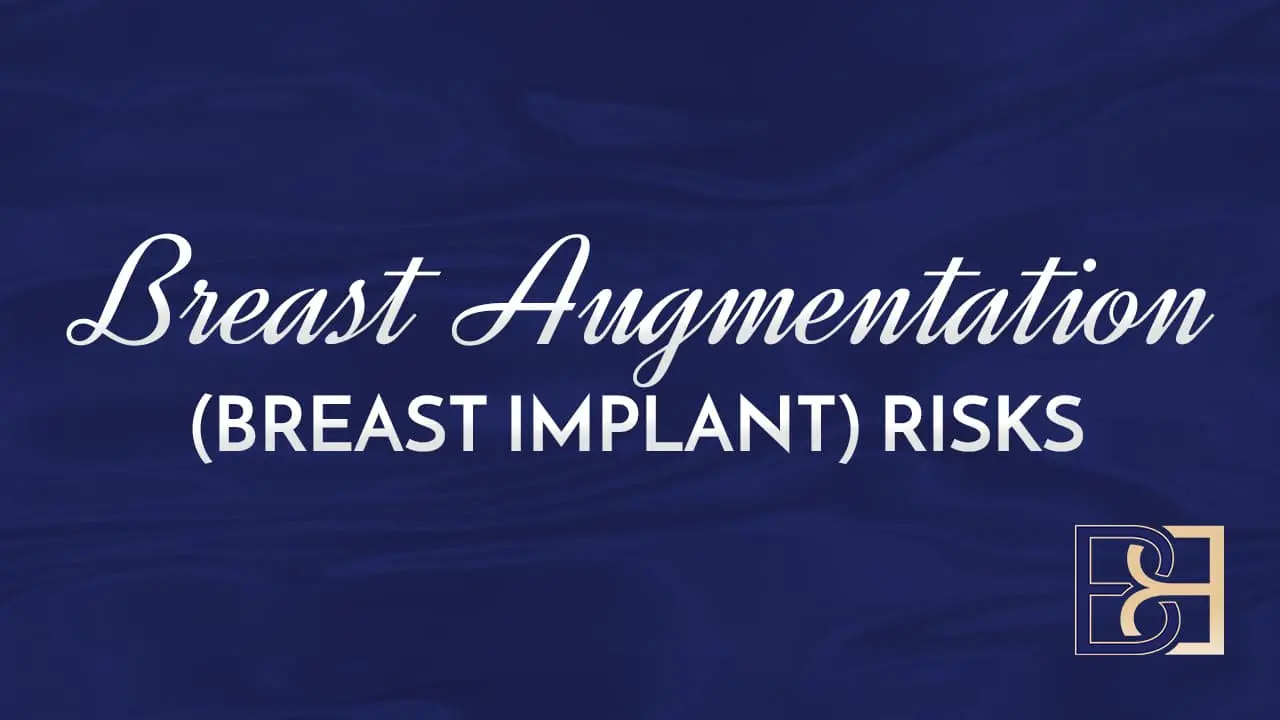What is breast implant associated ALCL?
Breast implant-associated ALCL is a rare cancer of the immune system. It is not breast cancer, which forms from cells in the breast, but instead a cancer that grows in the fluid and scar tissue that forms around a breast implant. Less commonly BIA-ALCL can take the form of a lump in the breast or a lump in the armpit.
If you notice any of these problems (swelling or a lump), or have any other concerns with your implants, you should seek medical attention.
How is breast implant-associated ALCL diagnosed?
If you develop swelling in an implanted breast your doctor will send you for an ultrasound to determine if this is due to fluid collection. If fluid is present it will be removed and sent to the laboratory for analysis. Most fluid collections are not ALCL, but the laboratory test will be definitive. Mammograms are not used for diagnosing ALCL. Other investigations such as MRI and CT-scans would typically be done if the laboratory analysis of the fluid confirms a diagnosis of ALCL.
Treatment. With early stage detection-cancer cells found only in the fluid surrounding the implant-then the implant and the surrounding capsule are removed. Usually, both implants are removed even if ALCL has occurred in one breast.
If you are unsure about this procedure you should seek a second opinion.
Breast Augmentation involves a general anaesthetic
Administration of general anaesthetic agents by, or under the direction and supervision of the surgeon(s) and the accompanying qualified anaesthetist.
Breast Augmentation involves certain risks and possibilities of Complications
The procedure will result in scar formation, as with all surgery. With an implant removal and replacement the scar from the previous breast augmentation operation is used, and extended if necessary (in the case of larger implants). Scarring is generally pink, but fades to become white, soft and supple in the weeks or months after the operation. Most patients find that the wound heals quickly and that the appearance is ultimately acceptable to them.
However, abnormal scarring occasionally occurs within the skin and deeper tissues and these may be unattractive and of different colour to the surrounding skin. Scars may also exhibit contour variations and “bunching” due to excess skin, or may be asymmetrical (with a different appearance between the right and left side of the body). In some cases scars may require surgical revision or treatment. In rare cases keloid scars form, which are thickened by an inflammatory process in the scar tissue. This occurs due to an irregularity of the patient’s healing process.
Antibiotics are administered during the operation and,if required will be prescribed.This minimises the risk of infection. Nevertheless infections can occur and, should this be the case, they are treated either by oral antibiotics or, in severe cases, by admission to hospital for intravenous antibiotics and further drainage procedures.
General complications applicable to all types of operations include, but are not limited to:
- Heart problems (although very uncommon with modern anaesthetic techniques).
- Lung problems; small areas of the lungs may collapse, increasing the risk of chest infection. Such problems may require antibiotics and physiotherapy to correct. Other potential lung complications are quite rare.
- Clots in the legs with pain and swelling. Rarely, part of such a clot may break off and go to the lungs, causing fatal complications.
- Allergic reactions to medications.
- Potential for injury to deeper structures including nerves, blood vessels, and muscles.
- Itching, tenderness, or exaggerated responses to hot or cold temperatures. Usually this resolves during healing but, in rare cases, may be chronic.
- Deep sutures may spontaneously poke through the skin, become visible or produce irritation that require removal.
- Wound disruption or delayed wound healing – especially in patients who do not stop smoking before their operation. Necrosis (skin death) can also occur.
Postoperative pain will occur in varying degrees, from quite severe to moderate and mild on the first day. It gradually ** over the next few days and is assisted by using the prescribed pain medication. Increasing, and unresponsive pain should be brought to the attention of the surgeon as this may be an indication that complications are developing.
Intermittent mild discomfort or intermittent sharp pains after the first few weeks may be evident as swelling resolves and nerves recover. Some patients experience a temporary increase in sensitivity of the nipples which can be unpleasant but typically settles down after a few weeks and, at most, within a few months.
Chronic pain, ranging from mild aching pain to sharp nerve pain can persist for more than a year.
To reduce risk the patient should stop treatment with such drugs as Aspirin, anti-inflammatory drugs or other blood-thinning agents, including high dose vitamin E tablets or capsules, 10-14 days prior to surgery. We will provide you with a comprehensive list of substances to avoid in your pre-operative instruction sheet. However if you are taking any medications and you are unsure if they affect bleeding, please ask us at least two weeks before your operation.
Specific complications associated with breast augmentation surgery may include:
- Capsular contraction increases with smooth implants. It occurs when the tissues which form around the implant contract and compress like shrink wrap. If mild, the implant merely feels firmer than expected; in the worst case the implant feels hard, can be painful and loses shape.The cause is not known, but,capsular contracture although unpleasant, is not a dangerous condition. Further contractures may occur, even after many years.
- Superficial infection for breast implant surgery is treated with antibiotics. In rare cases, surgery may be required to remove an infected implant. This can occur with all types of implants, and it generally requires the removal of the capsule as well as the implant to minimise the risk of recurrence.
- Temporary numbness under the breasts may be experienced This is due to sensory nerves being affected during the preparation of the ‘pockets’ for the implants. Though rare,it can be permanent as well as permanent numbness of both nipples.
- A seroma may result. This a collection of fluid around the implant which may need to be drained.
- Bruising and swelling occurs after surgery, but this varies from mild to severe with each patient. In rare cases a blood clot or ‘haematoma’ forms, which may need draining and surgical removal. Blood collects around the implant, due to bleeding in the postoperative period and causes increased pain and swelling on the affected side.
- The stitches used to close the incision may be felt through the skin, they can be removed if necessary.
- The edge of the implant may be visible or felt through the skin, or palpable rippling of the implant may occur. Patients with very little fat and breast tissue have a higher chance of experiencing these problems.
- Displacement or movement of any implant from its original position may occur. Downward displacement is more prevalent with larger implants.
- “Double fold” is a contour irregularity where the lower edges of the implant and of the existing breast are seen as two separate folds. This can occur in patients where the diameter of the implant is bigger than that of the existing breast. Certain breast types are more at risk and you will be made aware of this by Dr Beldholm at your consultation.
- Rupture of the implant can occur without an obvious cause. With a rupture, in the majority of cases, the gel will remain inside the tissue capsule that naturally forms around the implant. There are not usually any symptoms for the patient and the breast looks and feels normal. The patient only becomes aware of the rupture during a mammogram or ultrasound scan. If this occurs, it is usually recommended that the implant is replaced, although there is no particular urgency for this to be performed. Occasionally, the silicone is not confined within the capsule and comes into contact with breast tissue. The body will form a lump or lumps around small silicone deposits and the patient may feel this rather like a lymph gland. Any implant leaking outside the capsule should be replaced
- Rotation is an increased risk if you are using ‘teardrop’ shaped implants. This causes an abnormal shape of the breast and in some cases pain.
- Breast asymmetry. There may be differences between both breasts. The majority of women have breasts that are not the same size and shape (asymmetry) and this will remain the case after surgery.
Pregnancy causes breast enlargement, and post pregnancy there may be some degree of drooping. The ability to breastfeed after breast implant procedures may be possible but cannot be guaranteed.




